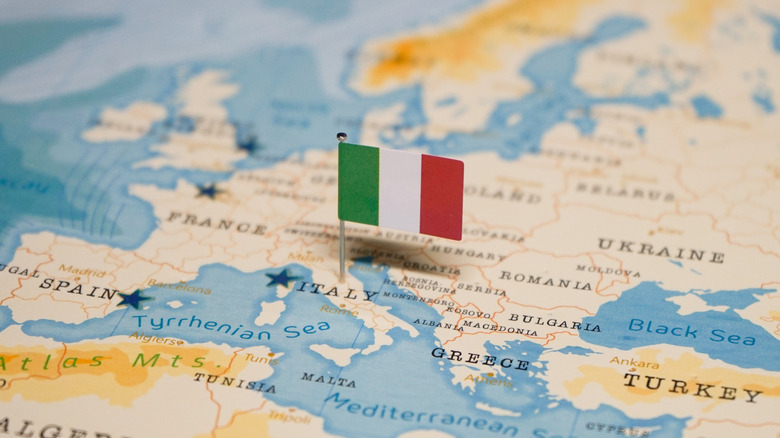
Perched atop a rugged mountainous terrain, Matera is renowned for its distinct stone-carved dwellings, making it one of the world’s oldest continuously inhabited cities. Situated in the Basilicata region of southern Italy, Matera is not only a UNESCO World Heritage site but also famed for its Sassi—an intricate maze of homes and churches embedded directly into the limestone cliffs. Over the years, Matera has transformed from an economically disadvantaged area into a cultural hotspot celebrated for its unique architecture and breathtaking beauty.
Today, Matera captivates tourists with chic boutique hotels, stunning vistas, exquisite culinary traditions, and a leisurely pace that remains largely untouched by mass tourism. Most importantly, Matera provides a memorable experience without the exorbitant costs typically associated with Italy’s more famous destinations. Whether you’re backpacking or indulging in a luxurious tour of southern Italy, Matera offers a unique mix of affordability, historical significance, and charm that is difficult to find elsewhere.
Why Matera should be on every budget traveler’s radar

It’s common knowledge that some Italian spots can be quite pricey. If you’re not cautious, your budget can quickly be exhausted, especially considering that vacation spending should ideally not exceed 10% of your net income. According to Budget Your Trip, a single night in an Italian hotel can cost between $108 and $202, with prices in more tourist-heavy cities surpassing $290. Matera, however, presents a more economical option without losing its luxury or charm. The average accommodation cost in Matera is about $101 per night, with median prices around $94. During the peak season, hotel prices can rise to $188. However, even luxury stays are more affordable in Matera, with high-end hotels ranging from $152 in the off-season to $283 during peak times. On average, travelers spend roughly $700 for a week-long stay in Matera, making it one of Italy’s best value destinations.
Though Matera lacks a direct airport, reaching this historic city remains budget-friendly. Fortunately, Matera is relatively close to Naples, one of Italy’s more economical cities for air travel—especially if you choose a budget airline. From Naples, a bus ride to Matera costs under $20 and takes about four hours. If you’re coming from Rome, a picturesque train journey through the Italian countryside will cost around $40, although it takes significantly longer.
What to eat, drink, and see in the historic city of Matera

Matera’s culinary scene is as rich as its stone architecture, offering an array of local delicacies and regional wines. Located in Italy’s southern heartland, Matera’s cuisine focuses heavily on wheat and grains, making pasta and bread essential staples. The city is famous for dishes like Cialledda, a bread and tomato salad made to utilize stale bread, and Pane di Matera, a local bread crafted from re-ground semolina and/or durum wheat semolina. According to the travel blog backpacks and bubbly, some of the top local dining spots include Trattoria Lucana and 900 Ristorante Casa Taccardi. For those eager to sample regional wines, Matera offers six geographically designated wines made under strict regulations, providing ample choices for tasting and enjoyment.
When it comes to attractions, no trip to Matera is complete without visiting the iconic Sassi. These ancient cave dwellings, carved into the limestone cliffs, date back to the Paleolithic era and have withstood the test of time. Over the centuries, they have developed into an intricate network of homes, churches, monasteries, and cisterns, now beautifully preserved and accessible to the public. With its combination of affordability, historical depth, and genuine southern Italian allure, Matera is a must-visit for every budget-conscious traveler.
“`






